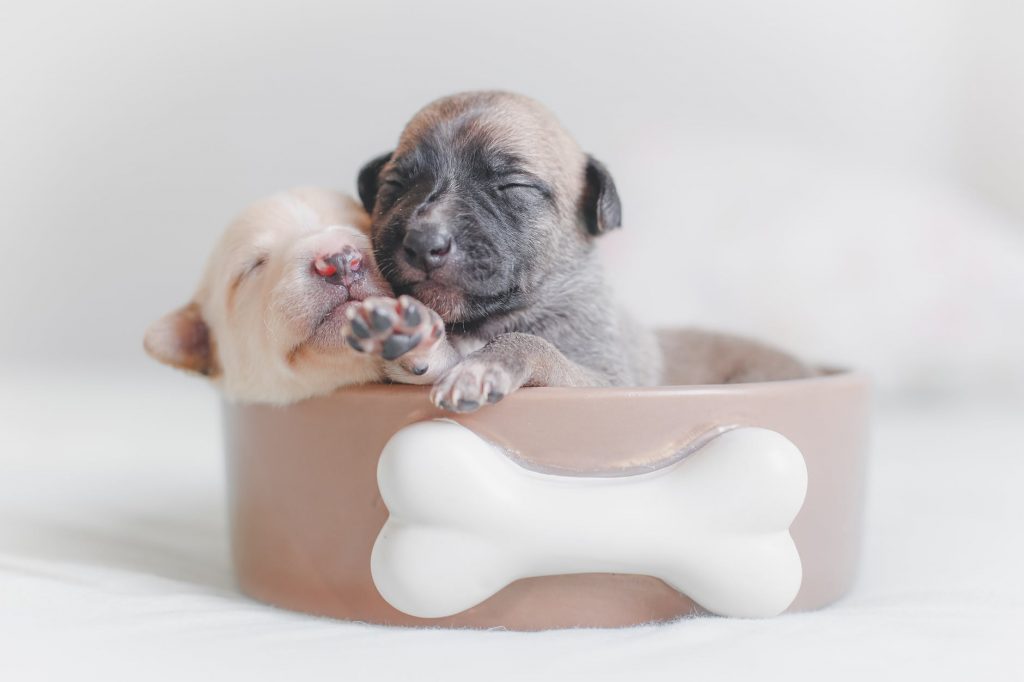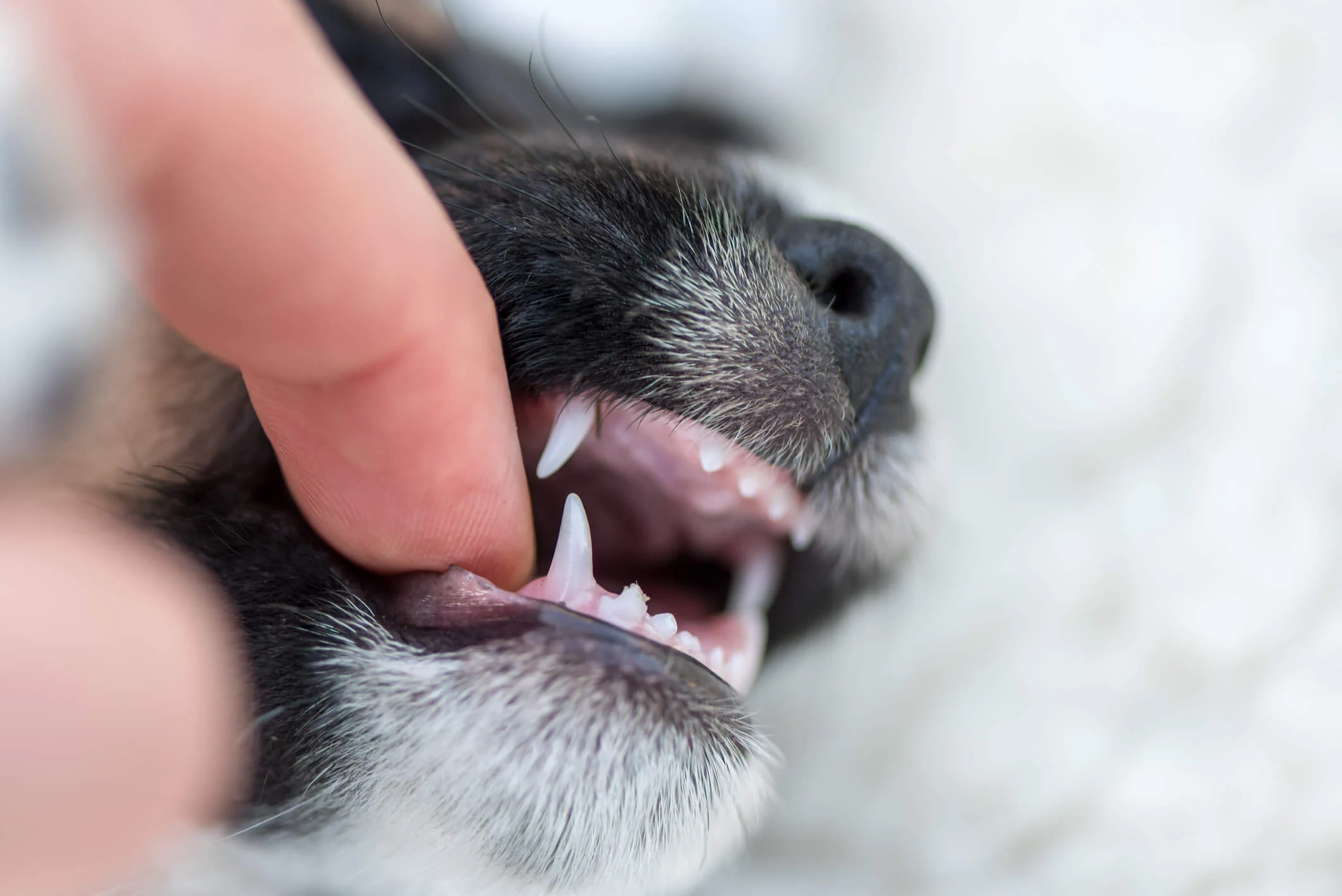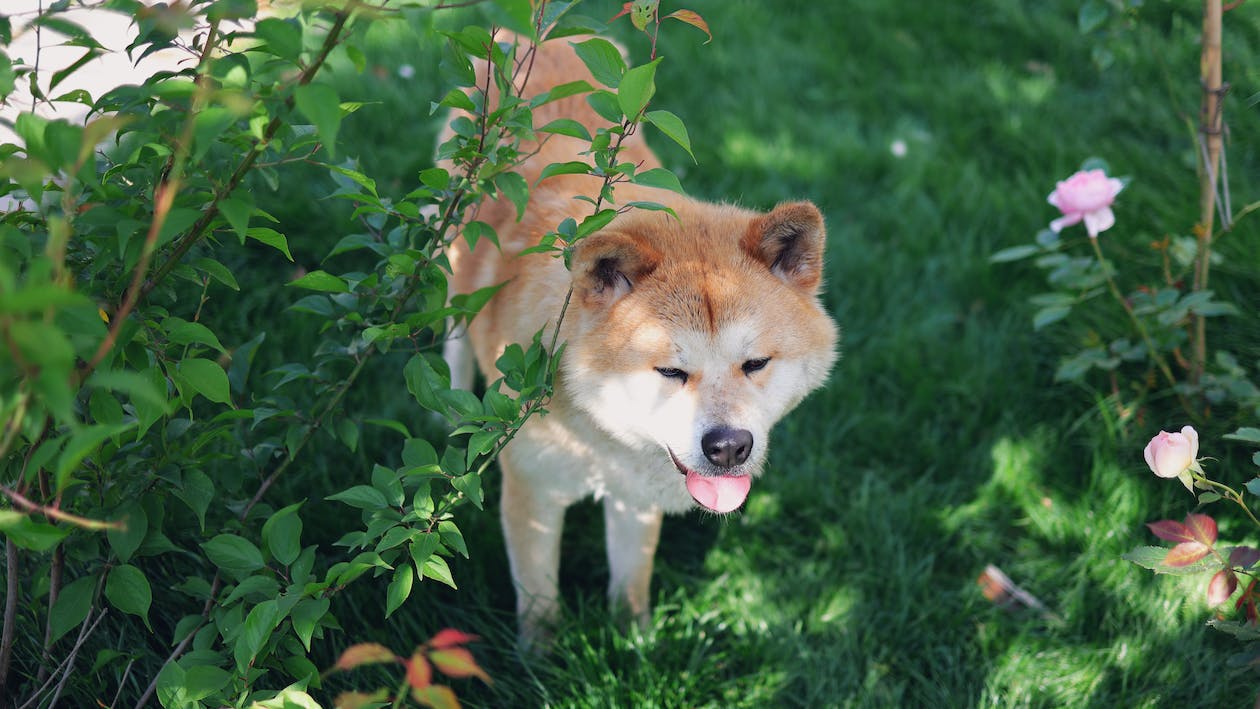The smallest and weakest puppy in a litter is often referred to as the “runt”. Runts face special challenges due to their small stature, but also have the potential to grow into wonderful dogs with proper care. This article will cover the definition of a runt, why they occur, their health, extra care they need, and the pros and cons of owning a runt of the litter.
What is a Runt of the Litter?
A runt is the smallest puppy born in a litter, usually significantly underdeveloped compared to littermates. Some defining traits include:
- Very low birth weight, often less than 2 pounds
- Tiny size, especially noticeable around 4 weeks old
- Weakness and fragility initially
Runts have difficulty competing with larger, stronger siblings for nourishment and care. Without intervention, many runts would perish. But with supplemental feeding and monitoring, most runts can survive and eventually thrive.
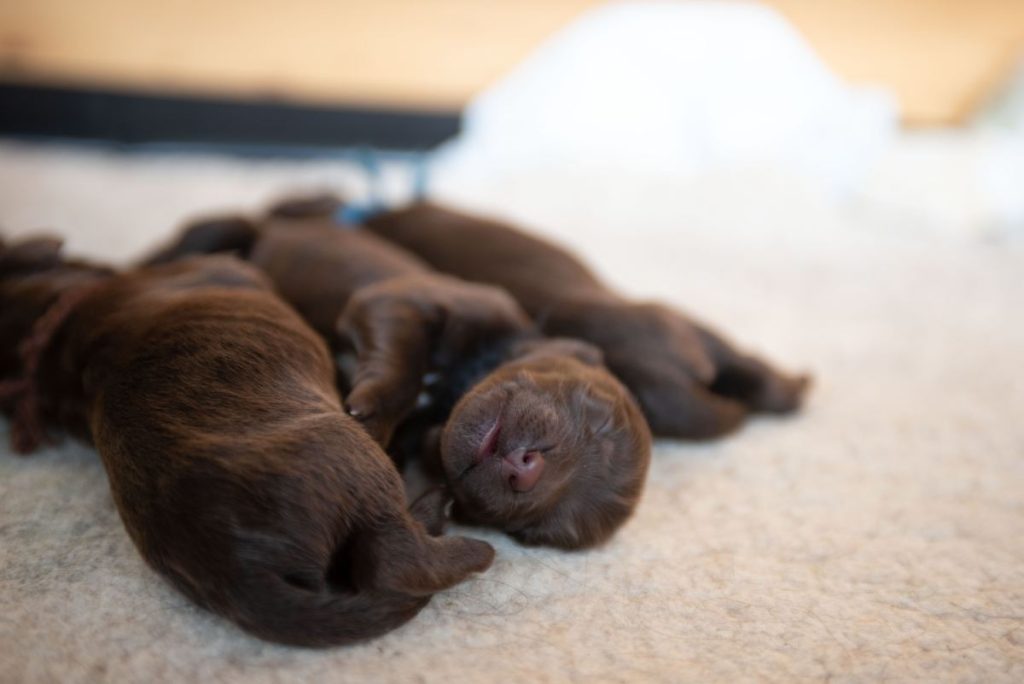
Why Does a Runt of the Litter Occur?
There are several reasons why runts are born, including:
- Genetics – Runts may inherit smaller size due to certain parental genes. Some breeds are predisposed.
- Birth order – Later birthed puppies have less time to develop in utero before being born.
- Illness – Infections and viruses can impair development.
- Birth defects – Disabilities and internal issues can affect growth.
- Inadequate space – Overcrowding in the womb limits nourishment. Large litters increase odds of a runt.
- Stress – Psychological or physiological stress on the mother dog can reduce runt development.
While challenging, runts are not inherently “defective”. With TLC, they often catch up developmentally.
What is the Difference Between a Runt and Normal Puppies?
Runts differ from normal puppies in a few key ways:
- Size – Runts are significantly smaller, weighing 25-50% less than littermates.
- Strength and Stamina – Runts fatigue more easily and have less muscle coordination initially.
- Immune function – Runts are more prone to health issues due to reduced immunity.
- Feeding – Runts need supplemental bottle feeding and assistance with nourishment.
- Catch-up Growth – Provided they survive the first few critical weeks, runts undergo accelerated growth phases to physically catch up.
- Emotional development – Slower physical development may correlate to delays in emotional maturity.
With attentive nurturing, runts can eventually close the gap with littermates and have long, healthy lives as smaller adult dogs.
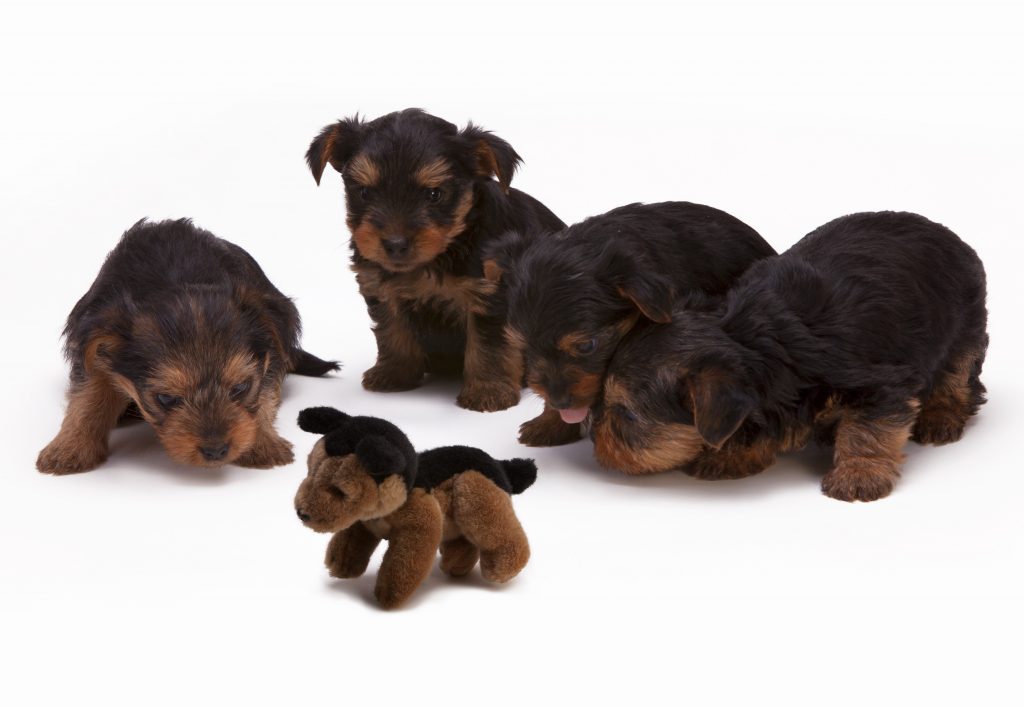
Does a Runt of the Litter Have More Health Problems?
Unfortunately, yes. The runt faces increased health risks including:
- Respiratory illnesses like pneumonia
- Hypothermia due to inability to regulate temperature
- Hypoglycemia (low blood sugar)
- Physical injuries from larger litter mates
- Failure to thrive without supplemental feeding
- Gastrointestinal issues like poor absorption of nutrients
- Developmental delays
Providing vet care as needed and proper nutrition are vital to overcoming the runt’s fragile health, especially within the first few weeks of life. With attentive care, they can outgrow most issues and live a full life.
Tips for Caring for a Runt of the Litter
Here are some care tips to help nurture a runt puppy:
- Check weight daily and document growth rate
- Bottle feed supplemental puppy formula frequently, even overnight
- Keep runt separate from stronger siblings when unsupervised
- Encourage nursing alongside larger litter mates for immunity benefits
- Use heating pads set on low under bedding to maintain warmth
- Gently help the runt compete at meal times so they get adequate nutrition
- Check for dehydration and supplement fluids under the skin as needed
- Administer deworming medication a few weeks earlier than littermates
- Provide interesting but safe toys to encourage physical activity and developmental milestones
- Discuss vaccinations calendar and wellness checks with your veterinarian
- Socialize the runt adequately but protect them from rough play
- Spay or neuter at appropriate age to prevent accidental breeding of small size
With extra care, particularly through the first few months, a runt puppy can defy the odds and live a full, healthy, happy life. Their smaller size makes them incredibly cute companions.
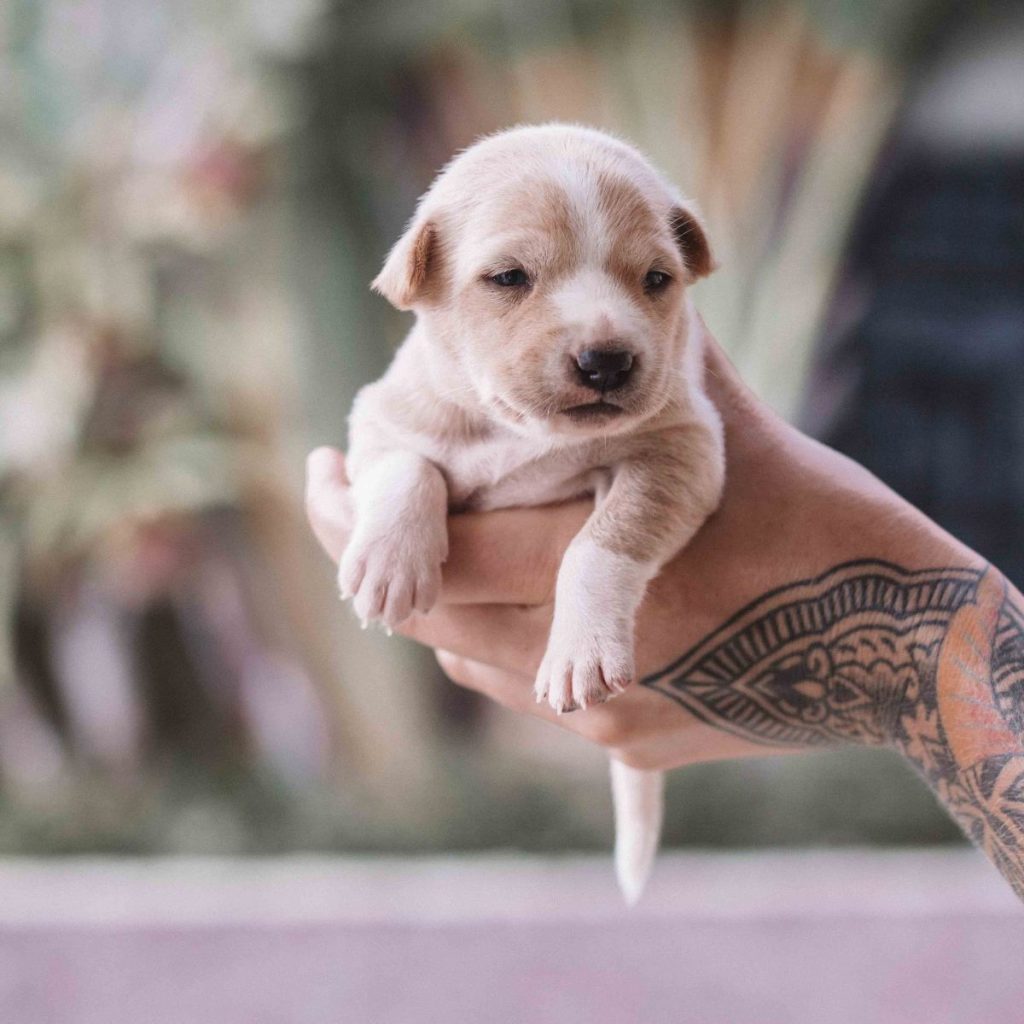
Pros and Cons of Adopting a Runt of the Litter
Pros:
- Their small size makes them very cute and cuddly
- Runts tend to form strong bonds with caretakers who nourished them
- Underdog success stories when they thrive against initial odds
- Adopting runts saves challenging lives
- Unique personalities compared to more dominant litter mates
- Will stay smaller than breed standard as adult dogs
Cons:
- Higher lifelong medical risks and vet expenses
- Additional time and effort needed for care, feeding, supervision
- Potential behavioral issues if physical and emotional maturity lags
- May have physical disabilities impacting mobility or function
- Shortened life expectancy in some cases
- Increased risk of injuries and accidental death
The extra responsibilities of health issues and developmental delays are cons to consider. But for many, the rewards of nurturing a runt outweigh the difficulties.
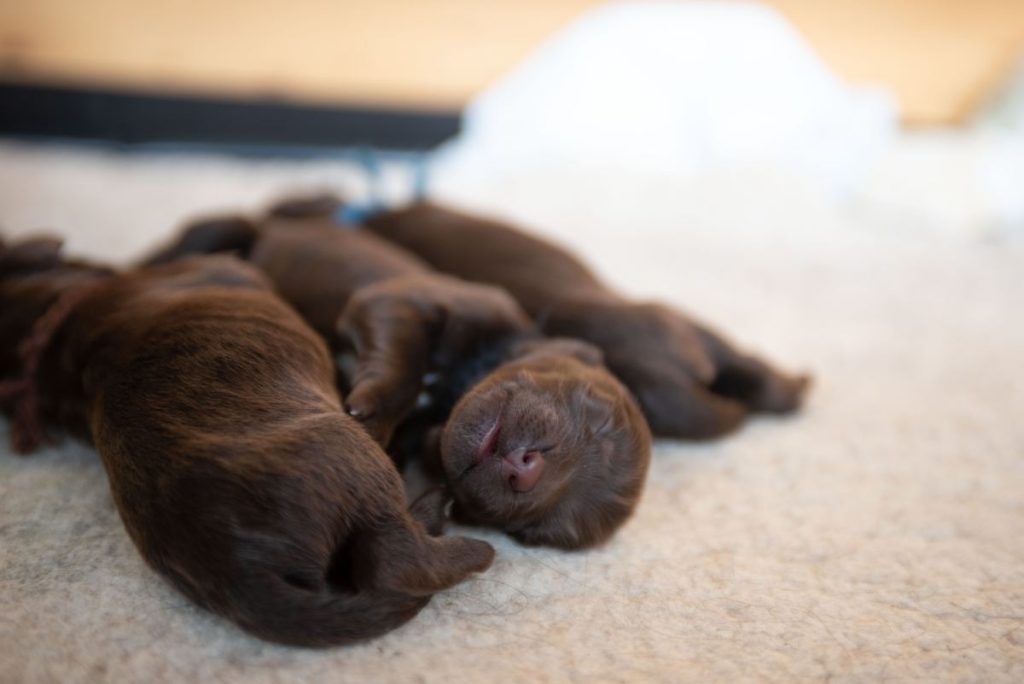
Frequently Asked Questions
Do runts stay small?
Yes, runts typically grow up visibly smaller than breed standard. Males especially tend to stay more noticeably undersized.
Do female dogs normally only have one runt?
Yes, it is uncommon for a litter to have more than one visibly smaller runt puppy. The runt usually stands out being much tinier.
Is a runt the same as a teacup or mini breed?
No. Runts are underdeveloped compared to siblings. Breeders intentionally create mini bloodline dogs through pairing the smallest pups.
Can you identify a runt at birth?
Not always immediately. Slow growth becomes apparent around 2-4 weeks when the size difference between runt and normal puppies widens.
Are runts cheaper to purchase than normal puppies?
Not necessarily. Ethical breeders rarely discount runts but may waver fees for extra vet care. Poor breeders may sell runts inexpensively without providing health guarantees.
The Takeaway
Runts face longer odds but can mature into wonderful petite dogs. Their underdog personality makes them endearing companions. With time, care, and love, runts can defy expectations and thrive thanks to devoted owners who champion these tiny fighters.
